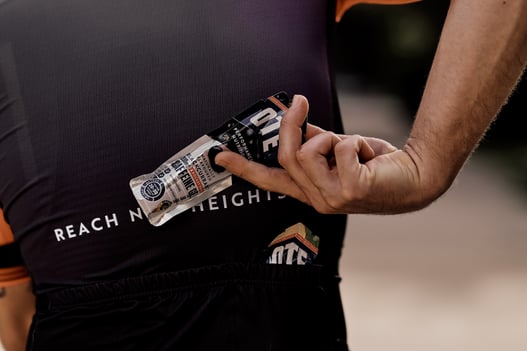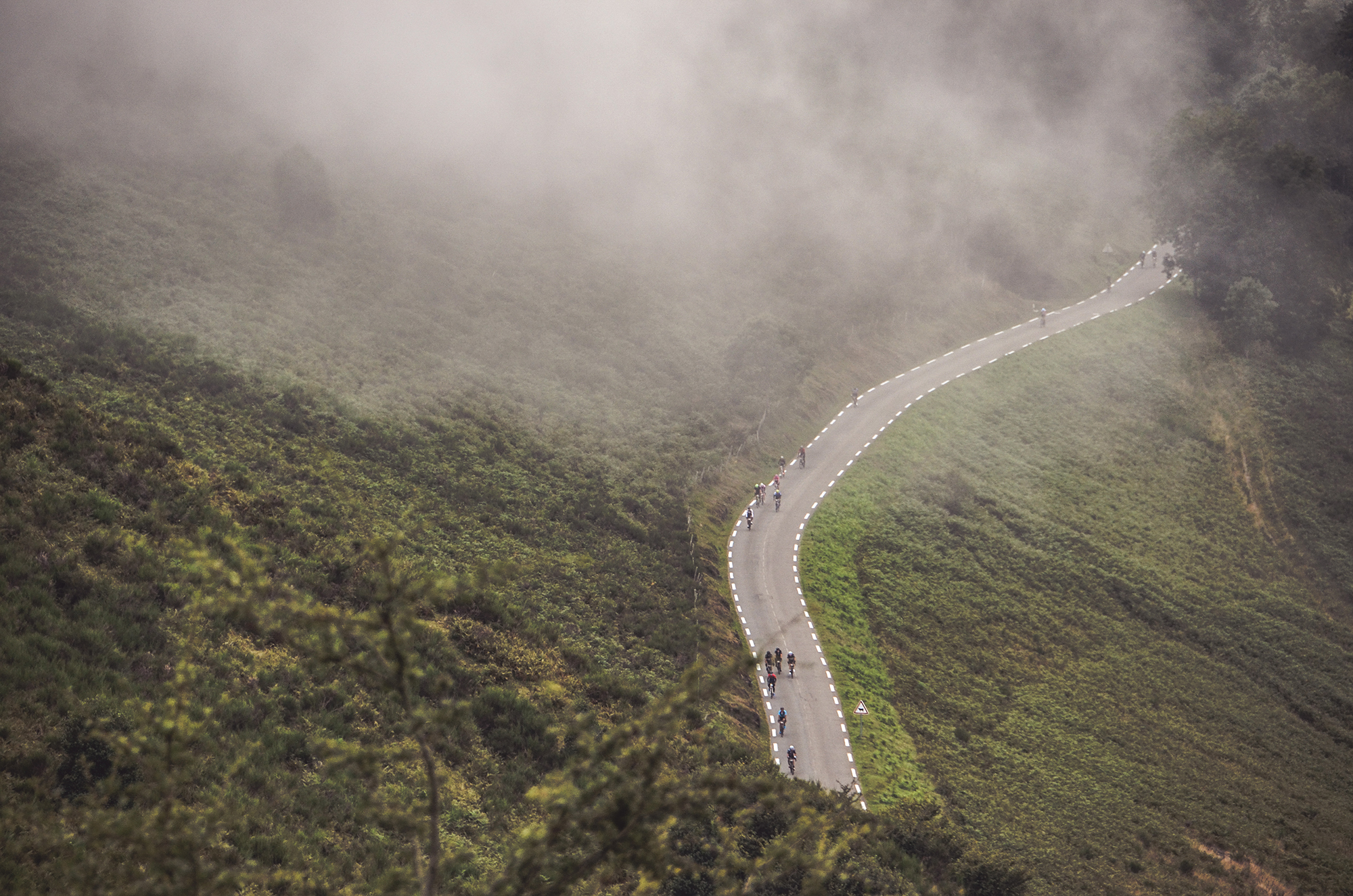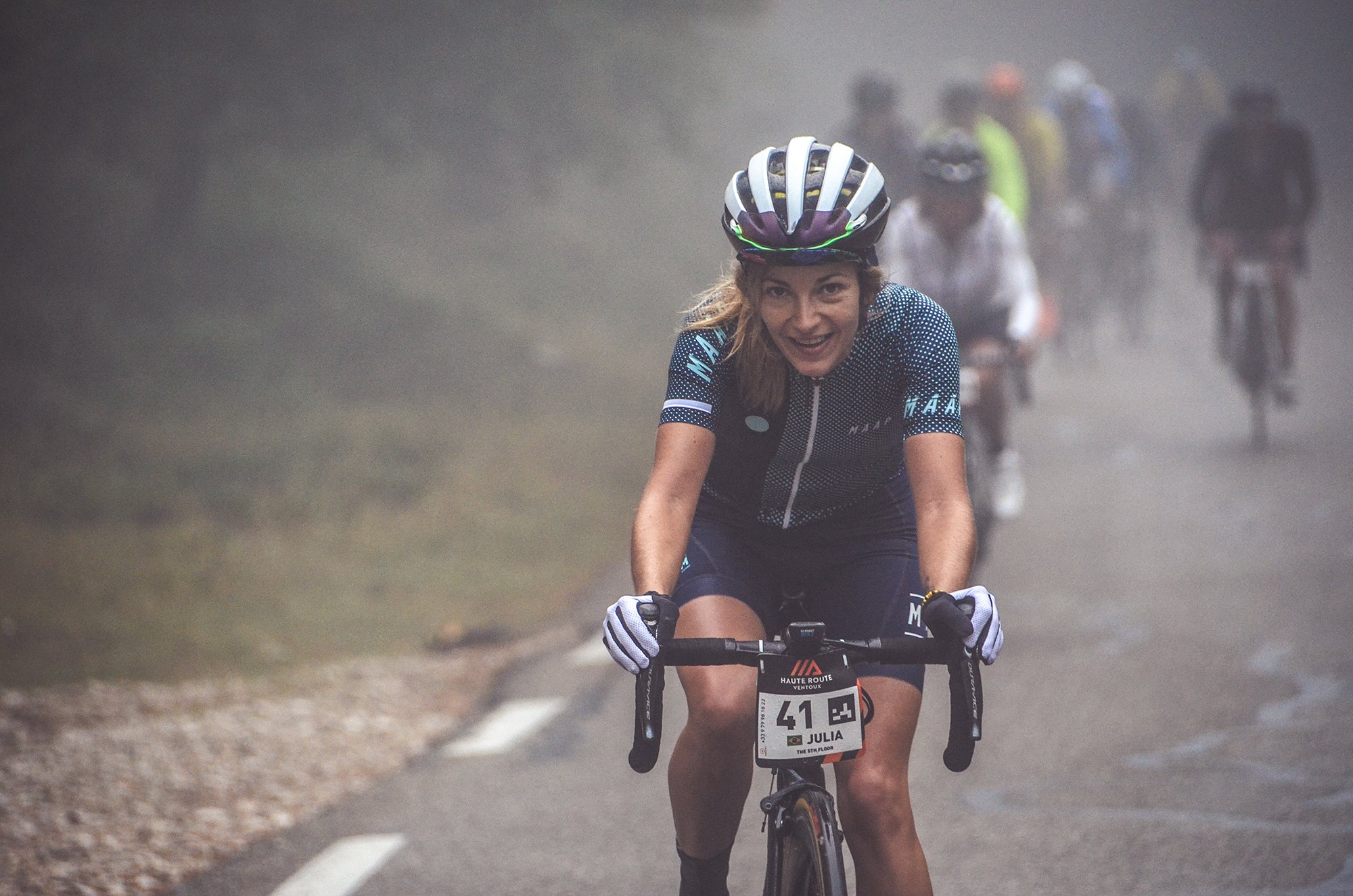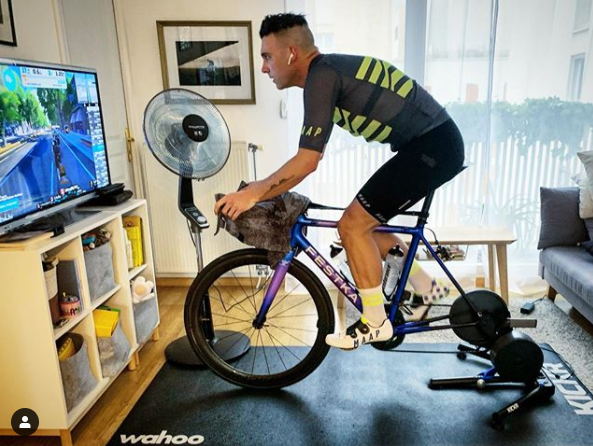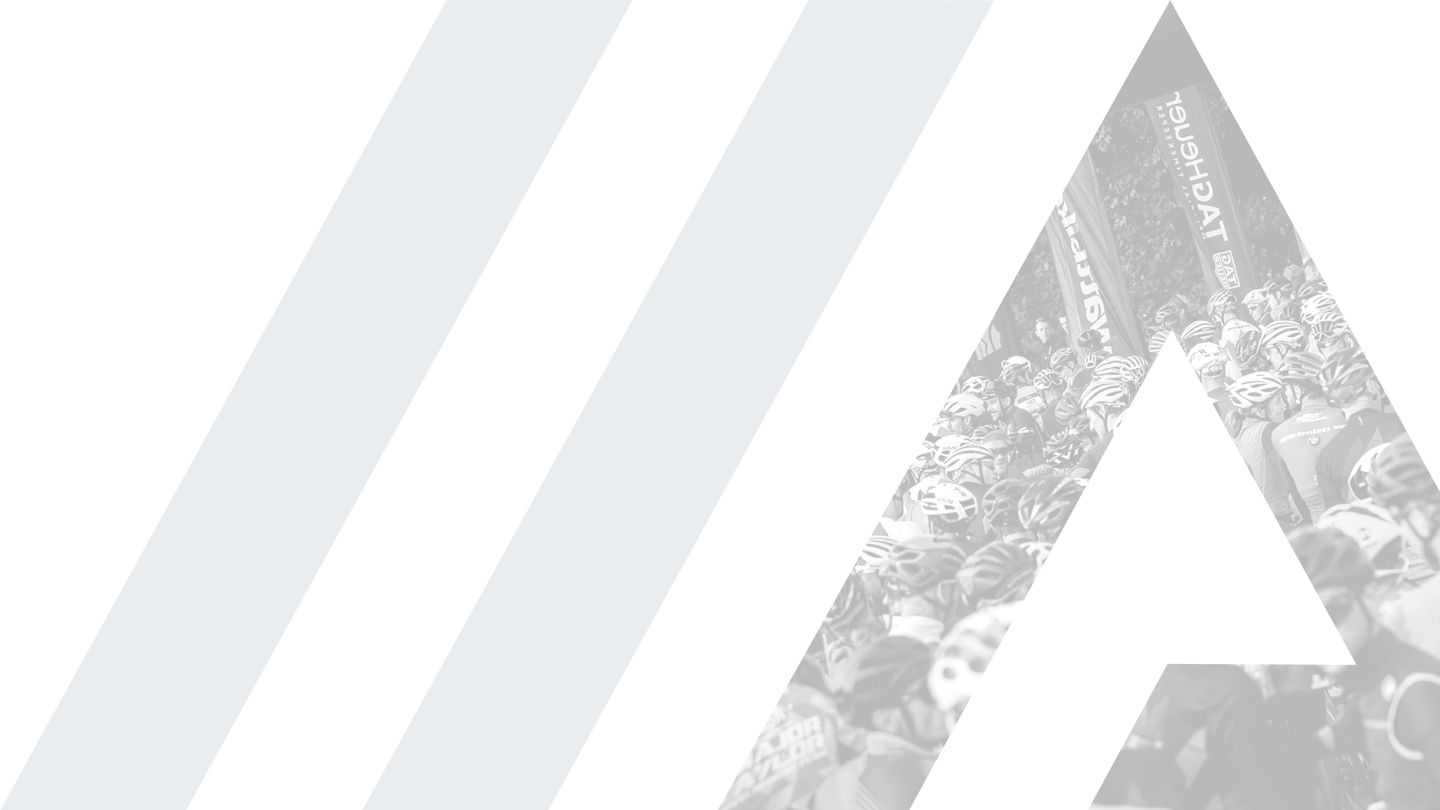We all know setting out for cold-weather rides is a challenge at the best of times. But maintaining your training throughout the depths of winter isn’t just about keeping your motivation high enough to hit the road. Nor is it just about nailing your winter layers.
Cold weather presents very unique challenges when it comes to maintaining the right nutrition and hydration on your bike. Whether you have lots of winter layers on or your visibility is poor, allowing these challenges to prevent you from getting the necessary fuel to continue training at a high level can be a real problem for your big Spring riding plans.
So we have put together the best tips to make fuelling quick and simple so it doesn’t impact your training.
1. DRINK UP
During warm summer rides our bodies are very good at telling us when we need to drink. But during cold weather, those mechanisms are dulled and the risk of dehydration rises significantly. There have been plenty of studies about what’s to blame for this problem, but the bottom line is that cyclists need to make a concerted effort to properly hydrate during cold weather if they don’t want it to negatively effect their training. Start on the right foot by making sure you are properly hydrated before each ride and plan regular drink breaks into your session. Avoid the dreaded ‘brain freeze’ by filling your bottle with warm water, using an insulated bottle or wrapping your bidon in clothes or a thermal sock to keep the fluids warmer longer. Certain electrolyte additives can also make the water more palatable in colder conditions - think of it like a nice tea!
2. WINTER-PROOF YOUR KIT
Layers of winter kit can make it very difficult to get your hands to your pocket and access to that much needed food. Plan ahead and make it as easy as possible for yourself by putting your food in easy to reach places. Up the front of your jersey is a good idea - this often stops the food getting overly cold and inedible. If you think you might strip layers during your ride, plan ahead for where will be easiest to reach your snacks, so you don’t need to make any extra stops. Also try slightly opening any packaging before you start, so you can to get into it easily with your teeth instead of fumbling around with big winter gloves.
3. GET REAL WITH FOOD
Some studies suggest your calorie burn can increase twofold during cold-weather exercise. The road often has more resistance, your clothing weighs more, and your body is simply working harder in a number of ways because of the low temperatures. So you have to be smart when choosing which food you want to take with you in winter training. Your favourite summer bars might simply just not be a good idea once the temperature drops. Be honest with yourself. Whether it’s rock hard or just not palatable, if your food of choice is no longer easy to eat while you ride in winter, it’s time for a change. Nutrition brands like OTE make bars that are specially designed to be easy to eat and chew in all conditions. Another good tip is to make sure your food - whatever it is - is cut into bite sizes pieces before you set off.
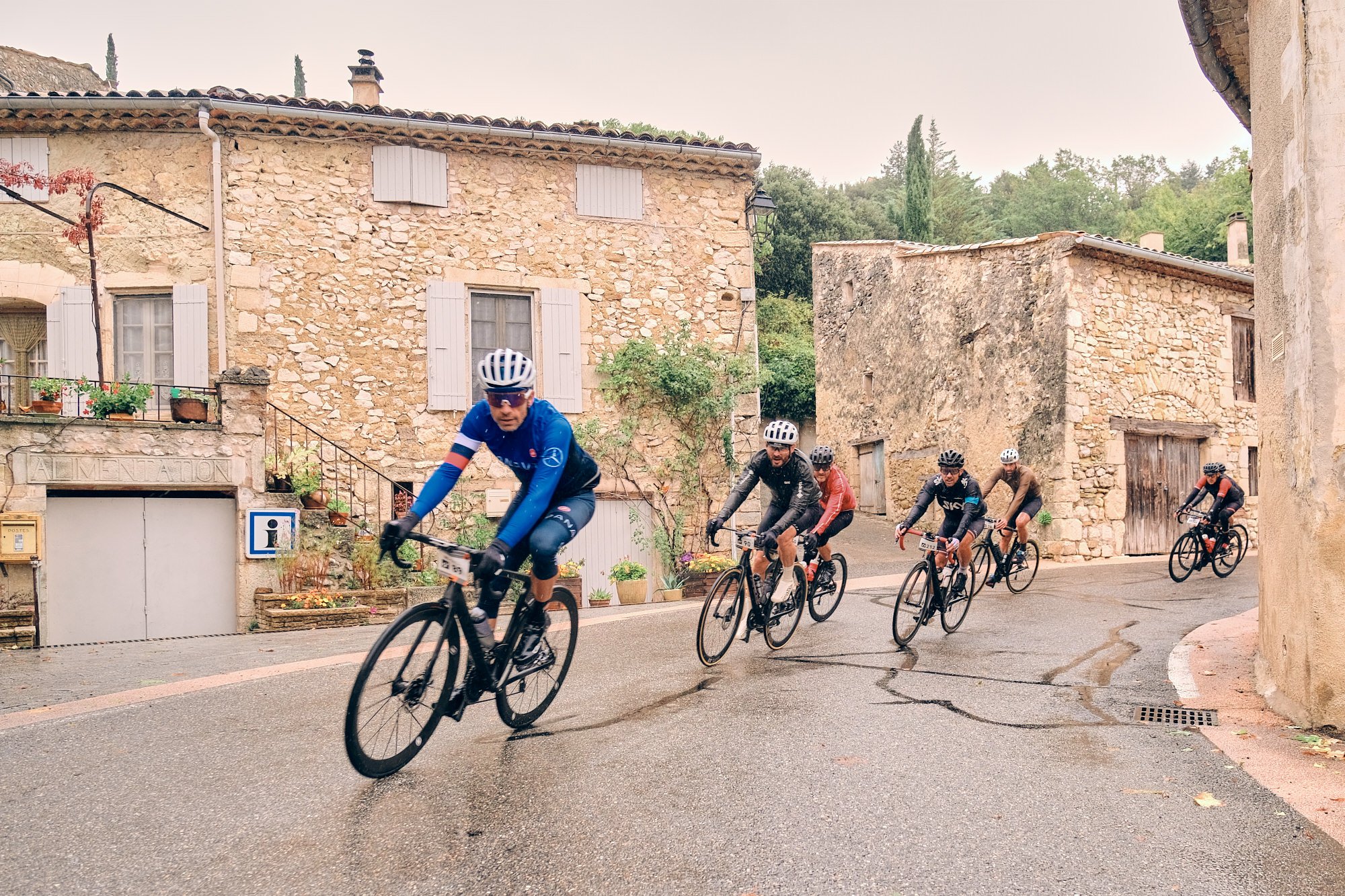
4. RECOVER NOW, WARM UP LATER
After a hard winter training session you can feel extra drained. With frozen feet and hands, your main priority is to get warm as soon as possible. It’s the perfect storm for you to miss that optimal window of opportunity in which to kick start the recovery process. Within 30 minutes of finishing your training it’s important to have your recovery drink or snack. To make sure you don’t miss out on this opportunity to get the most from your efforts, have your recovery drink or snack prepared ahead of time and ready to consume as soon as you get home. Whether it’s putting your shake in the fridge, having a sandwich already made, or just having ingredients readily available, don’t give yourself any unnecessary excuses to skip this important step in your training session.
5. PREPARE FOR THE WORST
The reality of winter training is that it requires you to think ahead and prepare more thoroughly than in the summer months. Head out in winter unprepared and you might find a half-frozen bidon and fully-frozen granola bar is not exactly ideal fuel to take on the bracing cold. Changeable conditions in the winter also mean you should be prepared for the very worst. Take an extra energy gel in case of an icy shower en route. A quick boost of energy in times of need may be just what you need to get home. Also remember that winter conditions can be dangerous. Emergency rations, like chocolate or dried fruit, and even a lightweight emergency blanket can be a good idea in case something happens which means you are out in the cold for much longer than expected.
